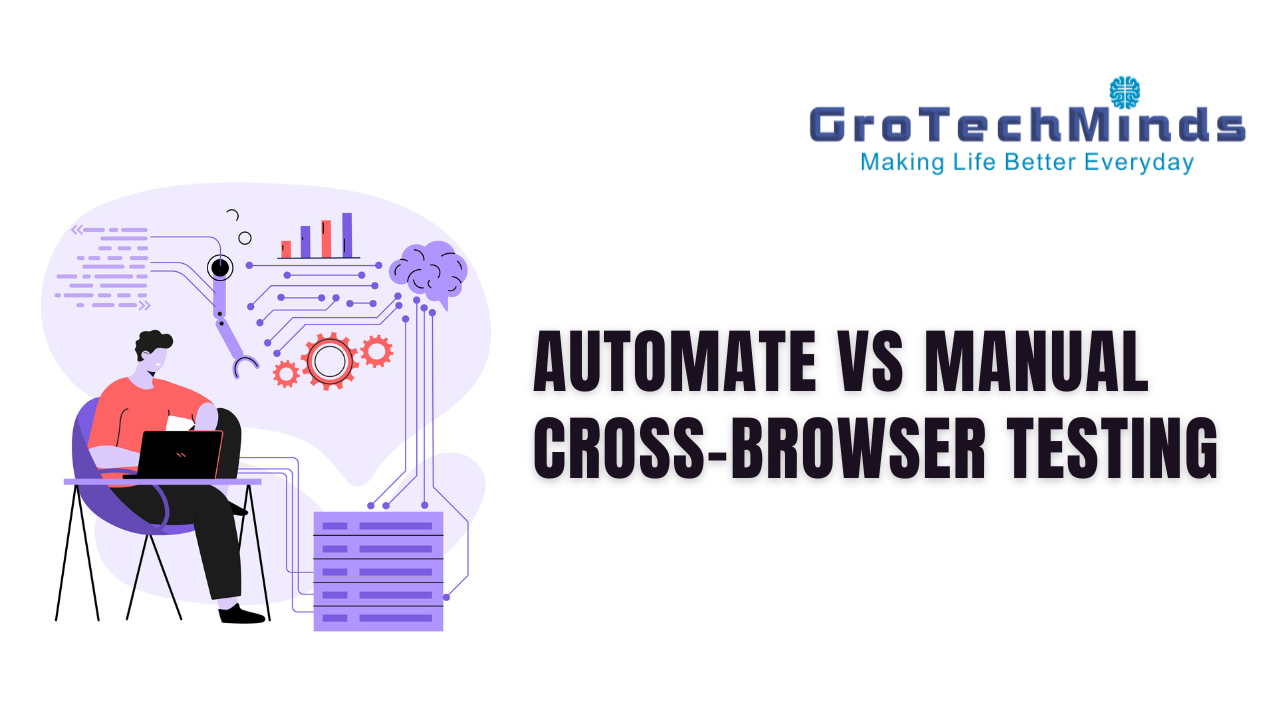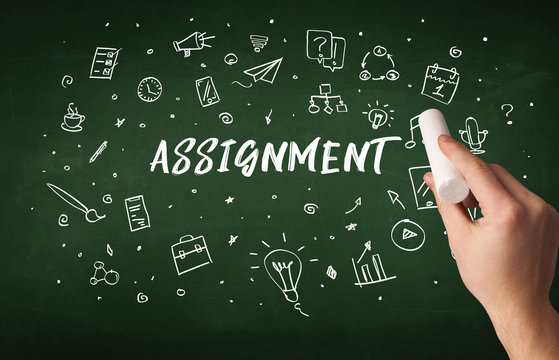In the fast-paced world of software development, ensuring seamless functionality across various web browsers is crucial. The debate between automated and manual cross-browser testing has been a focal point for quality assurance teams. GroTechMinds Software Ltd recognizes the significance of this dilemma and offers a comprehensive Selenium Automation Course to empower testers with the skills needed to make informed decisions.
The Landscape of Cross-Browser Testing
Cross-browser testing is the process of verifying that a web application functions consistently across different browsers and their versions. With the plethora of browsers available, including Chrome, Firefox, Safari, and Edge, delivering a consistent user experience is a challenging task.
Manual Testing: The Human Touch
Manual cross-browser testing involves testers manually executing test cases across various browsers. This method allows for a nuanced exploration of user interfaces, identifying visual glitches, and ensuring optimal performance. Testers can navigate through different browsers, versions, and operating systems, replicating real user scenarios to uncover potential issues.
Advantages of Manual Cross-Browser Testing:
- Real User Experience: Manual testing replicates the actual user experience, allowing testers to identify issues that automated tools might overlook.
- Visual Inspection: Testers can visually inspect elements, layouts, and design aspects to ensure a consistent and appealing appearance.
- Flexibility: Manual testing allows adaptability to changes in the application, making it suitable for projects with evolving requirements.
Automation Testing with Selenium: Precision and Speed
Selenium, an open-source automation testing framework, is a game-changer in the testing landscape. GroTechMinds Software Ltd’s Selenium Automation Course equips testers with the skills to leverage Selenium for cross-browser testing efficiently.
Advantages of Automated Cross-Browser Testing:
- Efficiency and Speed: Automated tests can be executed across multiple browsers simultaneously, reducing testing time significantly.
- Reusability: Test scripts can be reused across different browsers, providing consistency and saving effort in the long run.
- Regression Testing: Automation is ideal for repetitive tasks, ensuring that new updates or changes do not break existing functionality.
Striking the Right Balance with GroTechMinds Selenium Automation Course
At GroTechMinds Software Ltd, we understand that the choice between manual and automated cross-browser testing is not one-size-fits-all. Our Selenium Automation Course is designed to empower testers with the skills to strike the right balance between manual and automated testing, based on project requirements.
Course Highlights:
- Comprehensive Selenium Training: Learn the ins and outs of Selenium, from basic concepts to advanced automation techniques.
- Real-world Projects: Gain hands-on experience by working on real-world projects, simulating the challenges faced in a professional testing environment.
- In-depth Cross-Browser Testing: Understand the nuances of cross-browser testing and learn how to implement a balanced testing strategy.
Making the Choice: Factors to Consider
- Project Requirements: The nature of the project, its complexity, and the target audience influence the testing approach. Critical projects may benefit from a combination of both manual and automated testing.
- Budget and Resources: Consider the budget and available resources. Manual testing may be resource-intensive, while automation requires an upfront investment in creating robust test scripts.
- Frequency of Changes: If the application undergoes frequent changes, automation can provide quick feedback on potential issues. For stable applications, manual testing may suffice.
Conclusion
In the realm of cross-browser testing, the choice between automation and manual testing is not a binary one. GroTechMinds Software Ltd’s Selenium Automation Course empowers testers to make informed decisions, taking into account project requirements, resources, and testing objectives. By mastering both manual and automated testing approaches, testers can navigate the crossroads of cross-browser testing with confidence, ensuring the delivery of high-quality software in today’s dynamic digital landscape.





